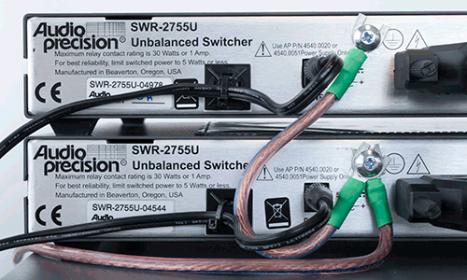...In fact, I need to go back and find the post from someone who felt my comments were misguided about the incredible ability of the Stahl-Tek Vekian Digital setup to effortlessly keep all the instruments of a medium sized orchestral ensemble totally separate. He actually felt that I was hearing the benefits of the Tripoint, not the Stahl-Tek.
I went back to that exact track (Ref Recordings Vivaldi) along with my notes, and much of what that person had merit. I have to find that post and thank him.
With Tripoint, the individual musical lines of Ref Recordings Vivaldi were each kept individual...much like what I noted I had heard at Audio Exotics in HK, but where you could understand the counterplay of each musical line of each instrument relative to each other FAR better than my system had ever managed to do before. That was a whole level of the music I had not appreciated before.
Well I found the post...it was from Robert! (who also posted here #76)...almost exactly a year ago...in the Tidal Sunrays: My Take thread. Thanks Robert!









